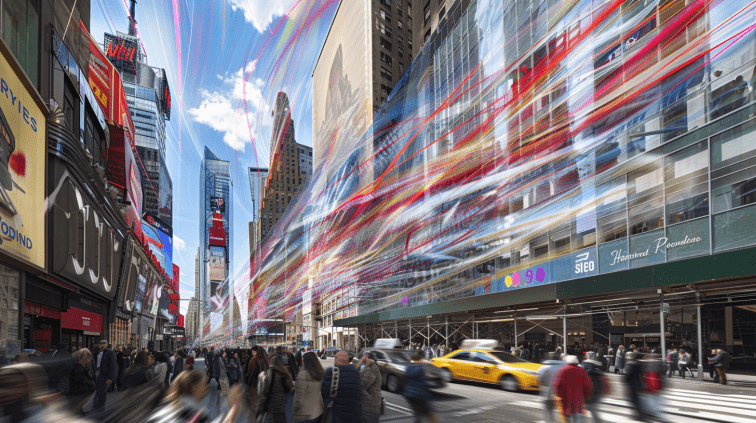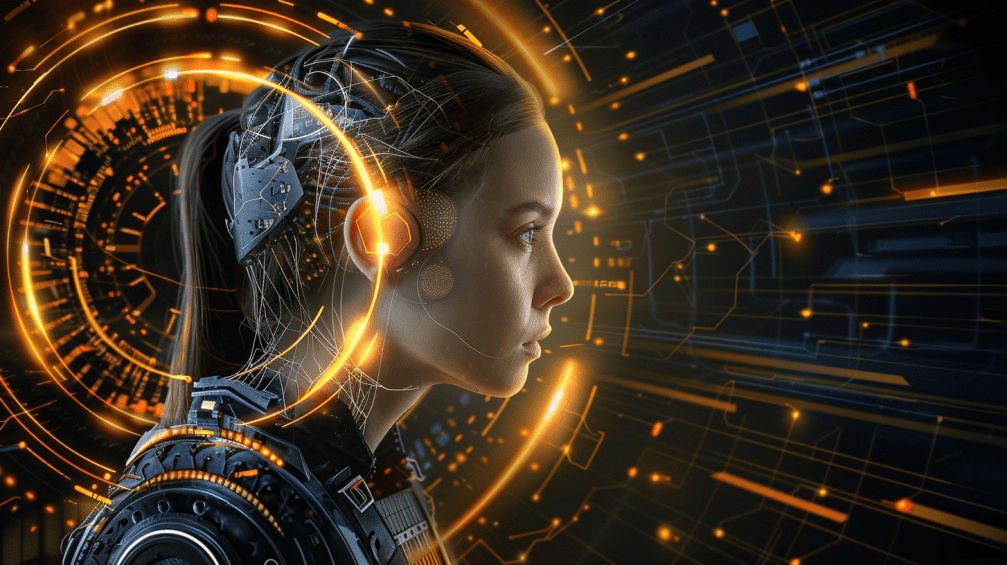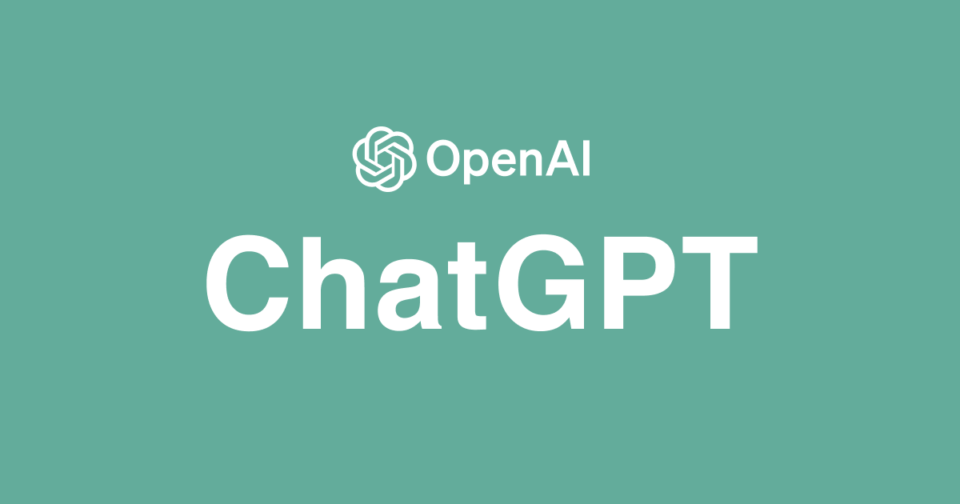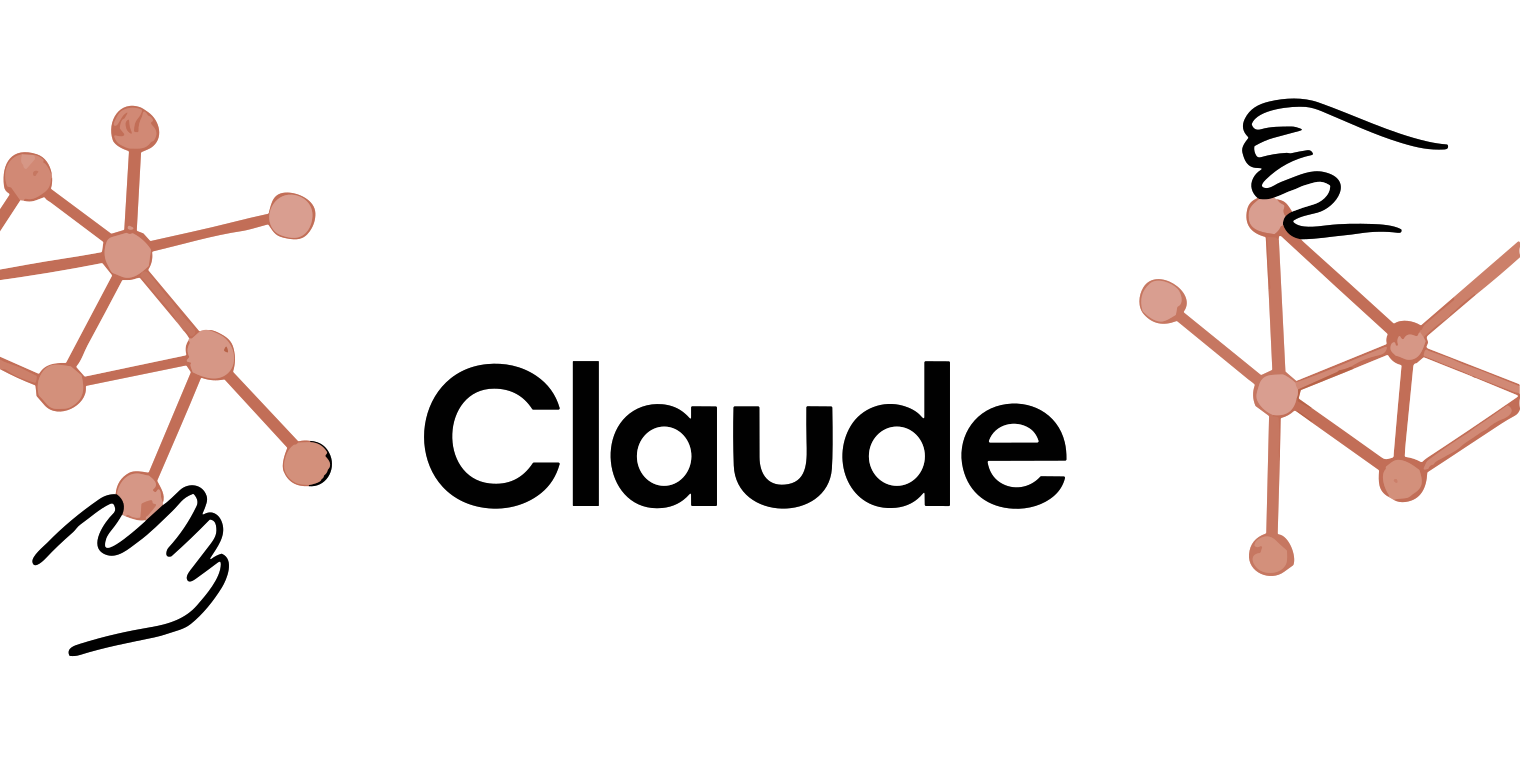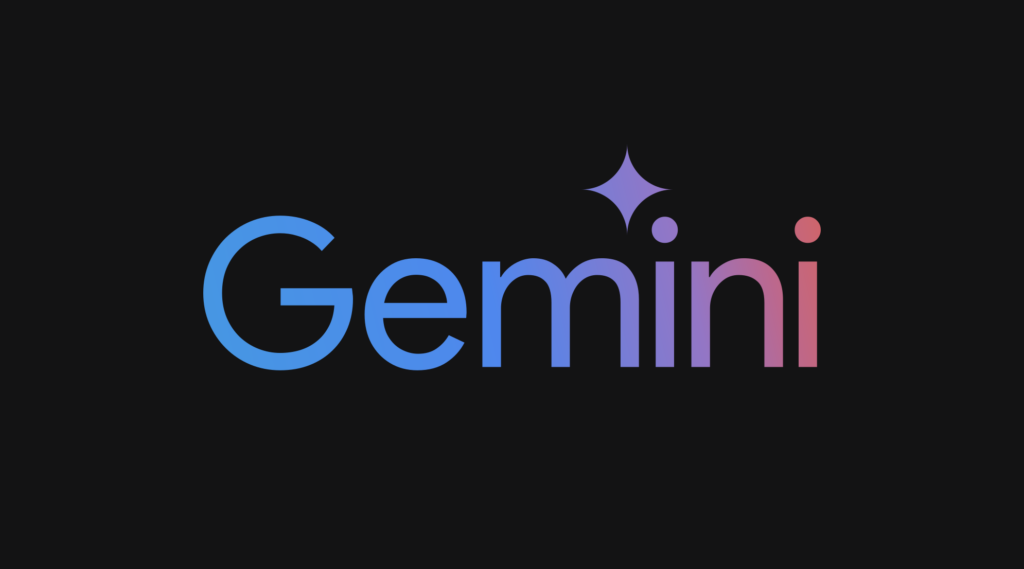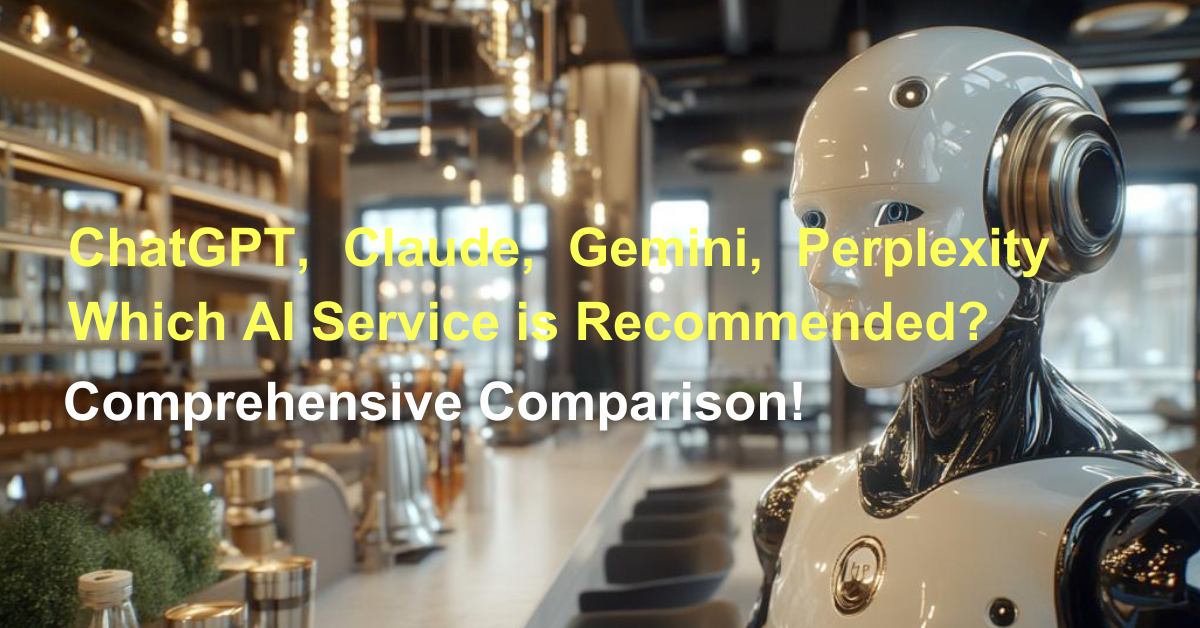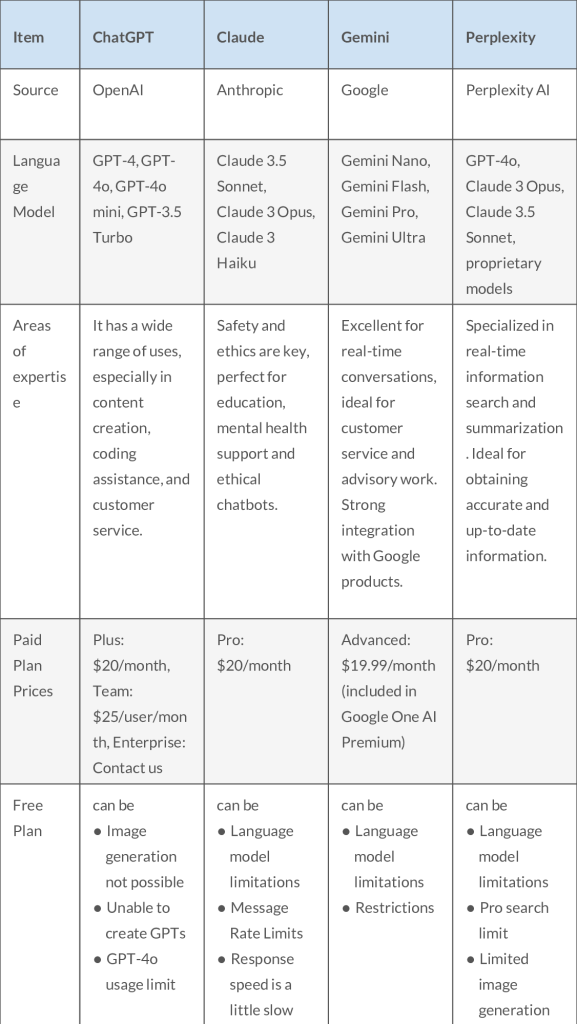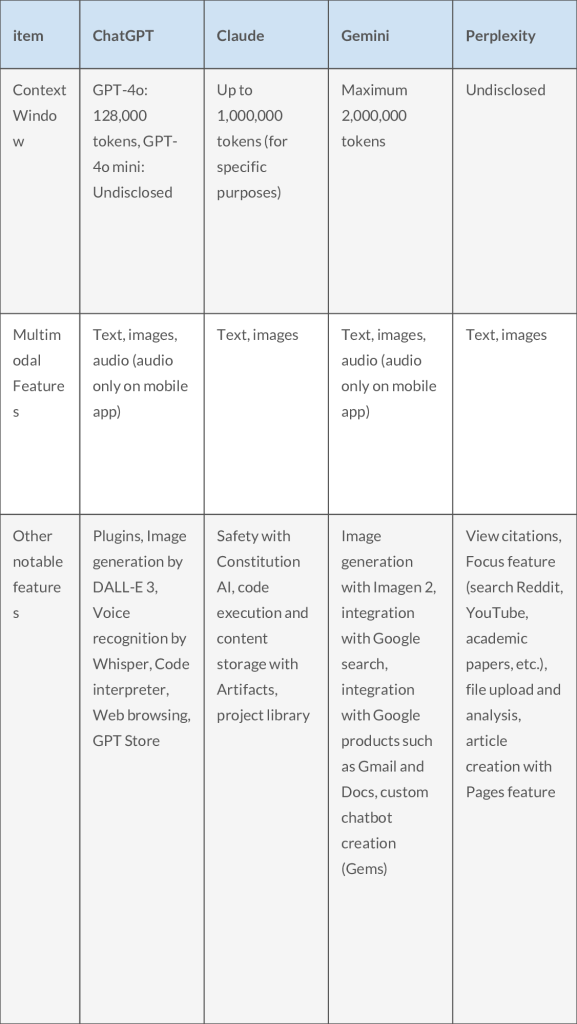
Hello, I am Kakeya, the representative of Scuti.
Our company offers services such as offshore development and lab-based development in Vietnam, with a strong focus on generative AI, as well as generative AI consulting. Recently, we have been fortunate to receive numerous requests for system development integrated with generative AI.
For those working in the advertising industry and looking for ways to utilize generative AI to improve work efficiency, don’t you want to know how generative AI is transforming the industry? Generative AI is revolutionizing the creation and delivery of advertisements, enabling more personalized and engaging consumer experiences.
In this article, we will explore in detail the impact of generative AI on the advertising industry, its key benefits, and actual case studies. We will explain the specific advantages that generative AI brings, such as the personalization, automation, and real-time optimization of advertising campaigns.
The Future of the Advertising Industry Transformed by Generative AI
Automation of Advertising and Consumer Experience
Generative AI is an innovative technology that brings automation and enhanced consumer experiences to the advertising industry.
By leveraging generative AI, it becomes possible to automatically generate advertising creatives, significantly improving the efficiency of ad production. This technology advances the personalization of ad campaigns, allowing for more appealing ads to be delivered to each consumer.
For example, generative AI analyzes vast amounts of data and generates ads based on individual consumers’ interests and behavior patterns. Since this process occurs in real-time, the ads consumers see are always based on the most up-to-date information. This maximizes the effectiveness of the ads and enhances consumer engagement.
Furthermore, generative AI can assist in the automation of advertising and optimize the resources of marketing teams. It eliminates the manual effort required for ad creation, allowing the team to focus on more strategic tasks. AI automatically creates ad designs and copy, conducts tests, and optimizes based on the results. This enhances the effectiveness of advertising campaigns.
Reference Article:
Generative AI in Advertising – Marketing Evolution
Advancement of AI Technology and Performance Measurement
The evolution of generative AI has also advanced the methods for measuring the effectiveness of advertising.
AI monitors the performance of advertising campaigns in real-time and swiftly optimizes based on the data obtained. This allows marketing teams to accurately measure the effectiveness of their ads and identify areas for improvement. For example, AI automatically analyzes key metrics such as click-through rates and conversion rates, and adjusts the ad creatives and distribution strategies based on the results.
A specific example of this is a company that introduced generative AI and saw a dramatic improvement in the effectiveness of its advertising campaigns. This company used AI to generate different ads for each target segment and meticulously analyzed the performance of each. As a result, the click-through rates of the ads significantly increased, and the conversion rates also improved.
The technological advancement of generative AI and the sophistication of performance measurement significantly enhance competitiveness in the advertising industry. As the processes of ad creation and distribution become more efficient and precise ads are delivered, consumer engagement improves. By leveraging generative AI, the advertising industry will achieve further growth and development.
Reference Article:
How Generative AI Can Boost Consumer Marketing – McKinsey
The Evolution of New Advertising Models
The introduction of generative AI has led to the evolution of new advertising models in the industry.
Traditional advertising models relied on fixed creatives and one-way message delivery, but generative AI has dramatically changed this. By utilizing AI technology, advertisements have become more dynamic and interactive, thereby strengthening engagement with consumers.
Firstly, generative AI enables the automatic generation of ad creatives. This allows advertisers to rapidly deploy large-scale campaigns and deliver personalized messages to individual consumers. Specifically, ads are generated in real-time based on consumer behavior data and interests, and they are delivered at the optimal timing. As a result, consumers receive more relevant ads, which enhances the effectiveness of advertising.
Furthermore, the evolution of new advertising models includes the utilization of predictive analytics powered by generative AI. AI predicts future consumer behavior based on past data and optimizes advertising strategies according to these predictions. For instance, AI can forecast when a specific consumer will show interest in a particular product and deliver the appropriate advertisement at that time. This improves the ROI (Return on Investment) of the advertisements and enables more efficient use of the marketing budget.
A real-world example is a company that introduced a new advertising model using generative AI and dramatically improved the performance of its advertising campaigns. This company used AI to predict consumer purchasing behavior and delivered personalized ads to each consumer at the optimal time. As a result, the click-through rates and conversion rates of the ads increased significantly, leading to higher sales.
Reference Article:
The Future of Generative AI in Advertising – Kantar
Successful Advertising Campaign Case Studies
Advertising campaigns utilizing generative AI have produced numerous success stories. These cases not only demonstrate the potential of generative AI but also provide concrete evidence of its effectiveness. Below are some examples of successful advertising campaigns.
- Fashion Industry Case: A major fashion brand used generative AI to create and distribute ads optimized for each individual consumer. The AI analyzed past purchase history and browsing data, recommending products that each consumer was most likely to be interested in. This campaign led to a significant increase in click-through rates and a substantial boost in sales.
- Automobile Industry Case: An automobile manufacturer employed a generative AI-driven advertising campaign for the launch of a new model. The AI analyzed data on the target customers and generated personalized ads tailored to their interests and lifestyles. This campaign resulted in a dramatic increase in ad engagement rates and a rise in the number of test drive bookings.
- Food Industry Case: A food manufacturer introduced generative AI for the promotion of a new product. The AI generated ads optimized for each consumer based on their preferences and past purchase history and distributed these ads via social media and email. As a result, both click-through rates and conversion rates improved, leading to a significant increase in sales of the new product.
From these examples, it is clear that generative AI greatly contributes to the success of advertising campaigns. By leveraging generative AI, advertisers can create more effective and personalized ads that capture consumer interest. The adoption of generative AI will lead to further development and growth in the advertising industry.
Generative AI in Marketing and Optimization Technologies
Methods to Enhance Consumer Interest
Generative AI offers effective methods to enhance consumer interest.
In the advertising industry, consumer engagement is a crucial factor, and by utilizing generative AI, it is possible to create more personalized and appealing advertising experiences. Below, we will explain the specific methods in detail.
Firstly, generative AI enhances the personalization of advertisements. By generating ads tailored to individual needs based on past consumer behavior data and interests, consumers can receive more relevant advertisements.
For instance, if a consumer shows interest in a particular product category, ads related to that product or service will be displayed to that consumer. This leads to improved click-through rates and conversion rates, deepening consumer engagement.
Next, generative AI enables real-time optimization of advertisements. By monitoring the performance of advertising campaigns in real-time and adjusting the content and timing of ad distribution based on the data obtained, it becomes possible to consistently deliver ads that capture consumer interest, thereby enhancing engagement.
For instance, if it is determined that a particular ad is more effective during a specific time of day, the ad can be scheduled to be delivered at that time to maximize consumer response.
Furthermore, generative AI provides interactive advertising experiences. By leveraging AI, it is possible to introduce interactive elements that allow consumers to engage directly with the ads.
For example, there are ads that use chatbots or storytelling-style ads where consumers choose options to progress. This makes consumers more actively involved with the ads, thereby strengthening engagement.
In summary, generative AI offers powerful methods for enhancing consumer engagement. Through personalization, real-time optimization, and interactive advertising experiences, it is possible to improve consumer engagement, maximize the effectiveness of advertising campaigns, and enhance marketing outcomes.
Success Stories and Return on Investment
Advertising campaigns utilizing generative AI have demonstrated numerous success stories and high returns on investment (ROI). This has encouraged advertisers to adopt generative AI, leading to more efficient and effective marketing strategies. Below, we will explain specific success stories and their ROI in detail.
Case Study: A Major Retailer Utilizing Generative AI in an Advertising Campaign
This company used generative AI to analyze consumer purchase data and behavior patterns, generating ads optimized for each individual consumer. As a result, the click-through rates of the ads significantly increased, and sales also rose. The ROI of this campaign was exceptionally high, with the outcomes far exceeding the costs of implementing generative AI.
Case Study: A Software Company Utilizing Generative AI for Product Promotion
This company leveraged generative AI to generate personalized ads tailored to consumer needs, distributing them through social media and email. As a result, the ad engagement rates significantly improved, and the company successfully acquired new customers. The ROI of this campaign was very high, with a substantial increase in revenue relative to the advertising expenses.
A Bank Launches a Marketing Campaign Using Generative AI
This bank utilized generative AI to analyze customer data and generate ads for loans and investment products tailored to each individual customer. As a result, the conversion rates of the ads significantly improved, and the number of new account openings increased. The ROI of this campaign was also exceptionally high, clearly demonstrating the effectiveness of generative AI.
Efficiency and Real-Time Optimization
Generative AI is a technology that significantly enhances efficiency and real-time optimization in the advertising industry. The introduction of this technology automates the processes of ad creation and distribution, reducing the workload of marketing teams. Below, we will explain in detail the specific benefits of the efficiency improvements and real-time optimization brought by generative AI.
Significant Improvement in Advertising Creation Efficiency
Traditionally, creating ad creatives required a lot of time and effort, but by utilizing generative AI, these processes can be automated. AI analyzes vast amounts of data and automatically generates ads based on consumer preferences and behavior patterns. This shortens the time required for ad creation, enabling the rapid deployment of a large number of ads.
Real-Time Optimization of Advertising Campaigns
The performance of advertisements is monitored in real-time, and the content and distribution strategy of the ads are immediately adjusted based on the data obtained. For example, if the click-through rate of a particular ad is low, AI analyzes the cause and optimizes the creative and targeting. This maximizes the effectiveness of the ads and enhances the results of the marketing campaign.
A specific example of this is a company that implemented an advertising campaign using generative AI, resulting in a significant improvement in click-through rates and conversion rates due to real-time optimization.
In this company, AI analyzed the ad performance data in real-time and automatically optimized the ad content and distribution schedule as needed. As a result, ad engagement improved, and the campaign’s ROI was significantly enhanced.
Automatic Creation of Creatives
Generative AI is an innovative technology in the automatic creation of advertising creatives.
It analyzes large amounts of data and automatically generates ads based on consumer preferences and behavior patterns. This significantly reduces the time and cost compared to manual production. For example, it generates ads for products or services that consumers are likely to be interested in based on their purchase history or browsing history.
Generative AI can also increase the variety of advertisements. It creates different versions of ads for different target segments, delivering the most appropriate message to each segment. This enhances the personalization of ads and increases consumer engagement. For example, a casual design can be automatically generated for younger audiences, while a more sophisticated design can be created for middle-aged consumers.
Additionally, generative AI monitors the performance of ads in real-time and optimizes the creatives as needed. It analyzes data such as click-through rates and conversion rates, and improves the most effective creatives in real-time. This maximizes the effectiveness of advertising campaigns and increases the return on investment (ROI).
A real-world example is a company that used generative AI to automatically create creatives, resulting in a significant improvement in ad engagement rates. By analyzing consumer data, AI generated ads optimized for each target segment, leading to an increase in click-through rates and sales.
The automatic creation of creatives by generative AI significantly improves the efficiency of ad production and maximizes the effectiveness of ads by providing personalized advertising. With the adoption of generative AI, the advertising industry will continue to evolve and grow.
Microsoft’s Generative AI Advertising Strategy
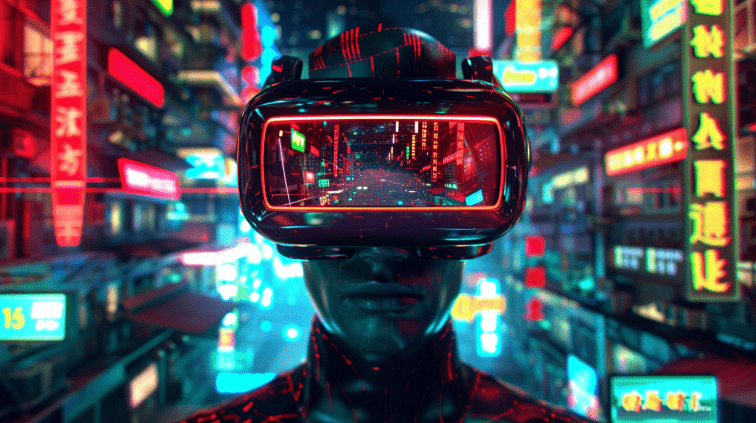
Introduction of New Advertising Formats
Microsoft is bringing innovation to the advertising industry by introducing new advertising formats powered by generative AI. This technology automates the ad creation process and provides consumers with more engaging and personalized advertisements.
Firstly, generative AI enables the automatic generation of ad creatives, significantly reducing time and costs. For example, it analyzes consumer interest and behavior data to create individually optimized ads based on that data. This automatic generation process allows advertisers to quickly deploy a large number of ad creatives, improving marketing efficiency.
Furthermore, the new advertising formats are designed to enhance consumer engagement. By incorporating interactive elements, consumers can directly interact with the ads, increasing engagement rates. For instance, interactive banner ads or video ads are examples of such formats. This deeper consumer involvement with the ads leads to greater effectiveness.
Additionally, by utilizing real-time optimization powered by generative AI, the performance of advertising campaigns improves. Metrics such as click-through rates and conversion rates are monitored in real-time, and creatives and distribution strategies are adjusted as needed. This allows advertisers to maximize ad effectiveness and increase return on investment (ROI).
Partnership with Snapchat
As part of its generative AI-powered advertising strategy, Microsoft has partnered with Snapchat to launch innovative advertising campaigns. This partnership aims to leverage the strengths of both companies to deliver more personalized advertising experiences to consumers.
First, Snapchat’s platform is particularly popular among younger audiences and boasts high engagement rates. By utilizing Microsoft’s generative AI technology on this platform, advertisers can deliver more effective ads to their target audience. Generative AI analyzes consumer behavior data and interests, generating individually optimized ads in real-time.
Furthermore, this partnership has enhanced the interactivity of ads. Snapchat users can now interact directly with the ads, leading to deeper engagement. For example, interactive ads using augmented reality (AR) or story-based ads have been introduced, enhancing the user experience.
As part of this partnership, a campaign was conducted where generative AI monitored and optimized ad performance in real-time. By continuously evaluating metrics like click-through rates and conversion rates, and adjusting creatives and distribution strategies as needed, the campaign maximized ad effectiveness.
One fashion brand conducted a campaign through the partnership with Snapchat. This brand used generative AI to deliver optimized ads to individual users and launched interactive ads utilizing AR features. As a result, both the click-through rates and engagement rates of the ads significantly improved, and sales increased.

